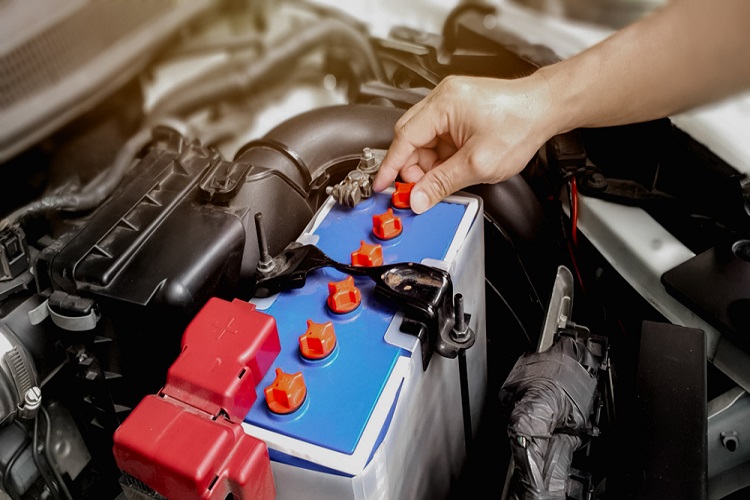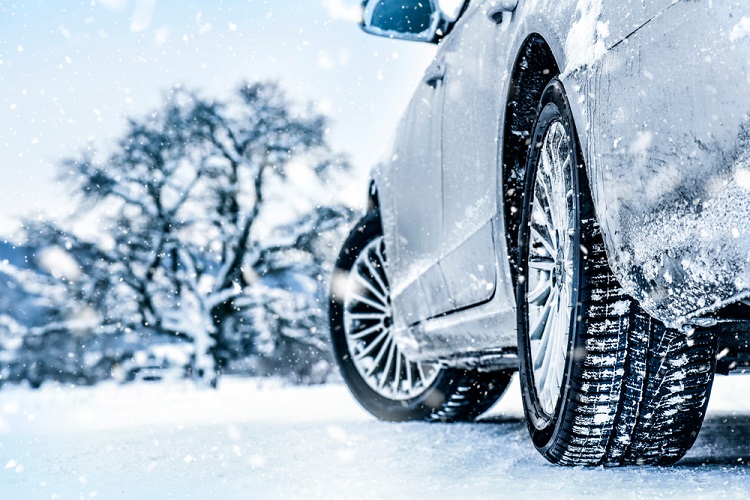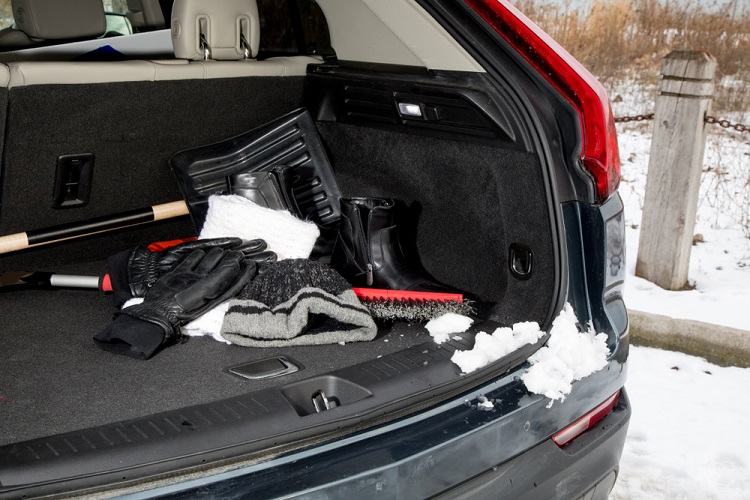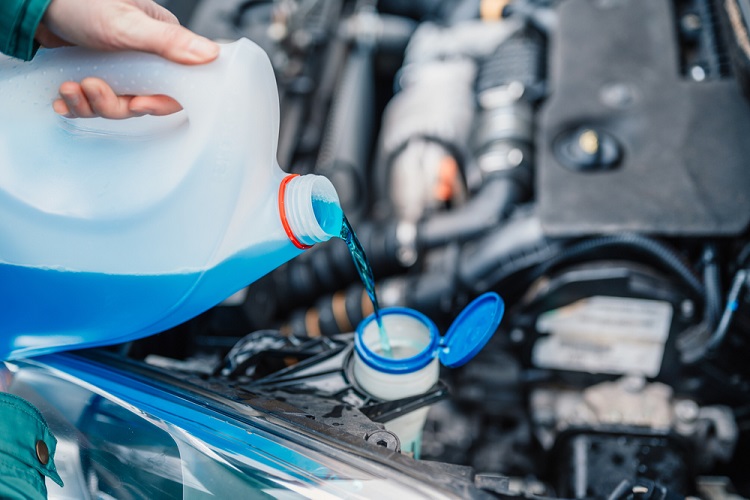How To Prepare Your Car For The Winter
The thought of winterizing your car shouldn’t make you break out in a cold sweat. It’s an easily managed process centered around a basic checklist that can help you better manage winter driving, year after year – if you don’t let any of these tips slip by you.

For A Positive Outcome, Check The Battery
Consider this: if the temperature reaches five degrees Fahrenheit, a fully-charged battery has only about half its cranking power, meaning it can transfer only about half as much electricity as it could in warmer temperatures. Because extra cranking power is required to start a cold engine, cars often fail to start on frigid mornings. To ensure your battery is in good working order, check the battery cables and terminals for any cracks or corrosion. Batteries contain extremely corrosive chemicals, so if you’re opting to conduct routine battery maintenance yourself, remember to wear safety glasses and put on gloves.
There are different ways to check your car battery’s charge. With a conventional battery, check the fluid level by removing the cap on the battery’s top and filling it with distilled water if the level is low. On maintenance-free batteries, the reading on the top of the battery will indicate the charge. If it’s not fully charged, take the battery to a professional to have it charged, or replace it if it’s defective.

Get Pumped About Snow Tires
It’s a fact: snow tires provide significantly more grip than all-wheel drive tires. Tires made specifically for winter weather feature softer rubber that doesn’t stiffen in the cold and special tread patterns that bite into the snow.
Even if you live in a place where snowstorms are a rarity and ice doesn’t stick to roads for very long, you should check your tires before the temperature falls. Car tire pressure can drop when the weather turns colder, and your tires could end up below their ideal PSI rating. Tires with low air pressure function less effectively and can be unsafe on slick or wet roads.

Give Winter The Cold Shoulder – Be Prepared When You’re Driving
You never know when a car emergency could occur or when you might find yourself stuck on the side of the road in a snowbank. Before cold weather season arrives, put together an emergency kit that includes a flashlight, jumper cables, a tow strap, a folding or small shovel, warm blankets, winter attire including a hat and gloves, reflective triangles or roadside flares, some non-perishable food items, and a bag of sand or kitty litter for traction on snow or ice.

Coolant In Winter? It May Sound Flakey, But…
Yes, it might be called coolant, but your radiator is filled with what is actually a water-and-antifreeze mixture. The mix of antifreeze and water in your cooling system should be approximately 50/50, but in colder conditions, some cars require a different ratio. Your car owner’s manual provides information about the right mix for your vehicle, and you can check the ratio of your current radiator mixture with an inexpensive tester available from auto parts stores.
Your engine will have a plastic coolant reservoir with a line indicating how full the radiator is, which means you don’t need to unscrew the radiator cap to assess the coolant level. When indicated, just add fluid to the reservoir to top up your coolant to the recommended level.

Oil’s Well That Ends Well
Cold engines are more difficult to turn over because oil thickens when temperatures drop. Thickened oil moves slowly through a car engine, which won’t start because it’s not properly lubricated. Many cars use multi-weight oil designed to optimally function in a wide range of temperatures, but some car manufacturers suggest switching to a thinner oil during cold weather months. Consult your owner’s manual for information regarding which type of oil is best for your vehicle.
